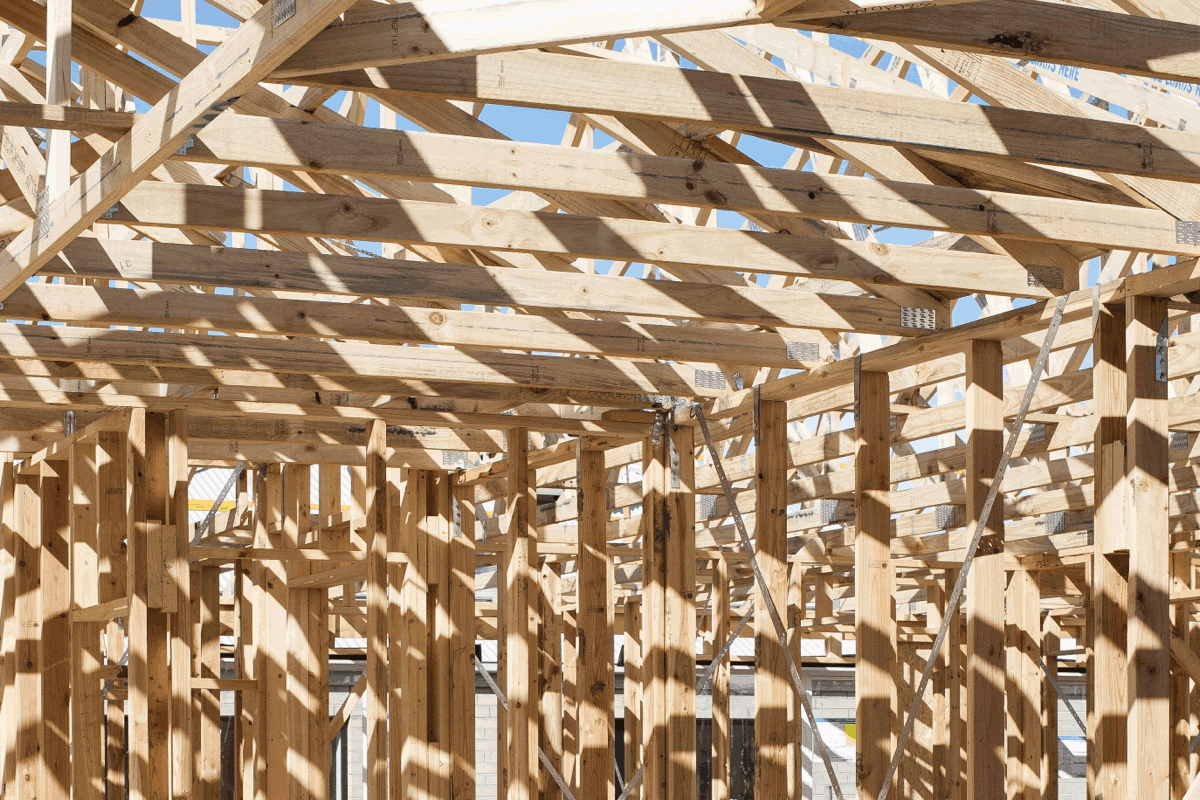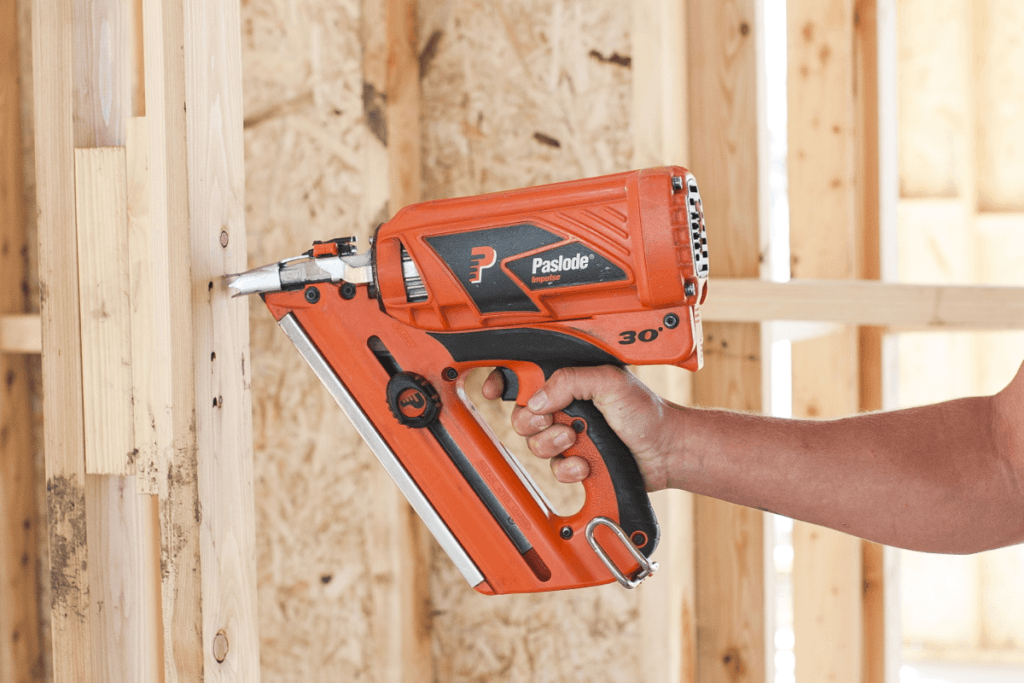TIMBER! WOOD REACHES NEW HEIGHTS IN NATIONAL CONSTRUCTION CODE UPDATE

As a building material that’s been used since about 5600 BC, wood is not the kind of thing that changes all that often. Trees grow, we cut them for timber, and then we plant more. Straightforward. But this month some significant changes will affect both the construction process and the way our buildings look thanks to this environmentally friendly material.
National Construction Code changes
Beginning this month, changes to the National Construction Code (NCC) will allow timber structures to be built to a maximum height of 25 metres—or eight storeys—without requiring contractors to undergo lengthy and expensive review processes.
Before now, height restrictions have been imposed for any proposed timber buildings over three storeys because of concerns about the material’s potential to combust during fires, and the Building Code of Australia (BCA) has required ‘alternative engineering’—which often means more expensive materials like concrete and steel—for tall, non-domestic structures like apartments and commercial office buildings.
The change gives architects a chance to get creative with wood. Meanwhile, research by Forest and Wood Products Australia hints that construction costs could be reduced by up to 15%, partly thanks to shorter build times.
New uses for timber
Our neighbours over the Tasman are already making strides in timber construction. The rebuilding efforts that followed the 2011 earthquake in Christchurch pushed New Zealand’s construction industry to approach the material differently, considering how well suited it is to the challenges raised by seismic engineering.
In Sydney, design and architecture firm Fitzpatrick + Partners are major advocates for building ‘tall timber’ here on home soil. They’re currently in the design phase on a project in Sydney’s CBD that could eventually become Australia’s tallest timber commercial building—a title currently held by Forté, a ten-storey timber apartment building in Melbourne’s Victoria Harbour.
Forté’s internal ‘slabs’ are assembled from cross-laminate timber (CLT) panels—a process that incorporates efficient pre-fab and that developer Lend Lease says contributed to shorter construction times, fewer workers required on-site and lower levels of noise produced.
The environmental benefits
As well as keeping noise down (and neighbours happy), the innovative use of timber in Forté is expected to deliver a lower carbon footprint across the build. The residents in its 23 residential apartments and four townhouses will also rake in some savings this winter. Timber’s a natural insulator, so less energy is required to heat and cool their apartments—which means an estimated 25% saving on electricity.
Choosing timber over more labour-intensive or man-made materials has a direct impact on the environment. Timber continues to be grown in forests and plantations and, with a lifecycle of around 25 years, it’s a truly renewable resource.
When you think about its benefits—from naturally absorbing carbon and requiring relatively little energy to produce, to the fact that timber ages naturally and is highly recyclable—building more and building taller with timber is a no-brainer.
The next thing to watch out for will be the rise of bamboo as a substitute for steel in reinforced concrete structures. It’s used widely in developing countries but is only starting to be considered by the construction industry in the West. It’s cheap and fast growing, you can harvest it (rather than replant it), it has a high tensile strength and it obviously doesn’t suffer rust and corrosion underwater or in coastal environments. Don’t be surprised if bamboo muscles in as “the ‘green steel’ of the 21st century”.

